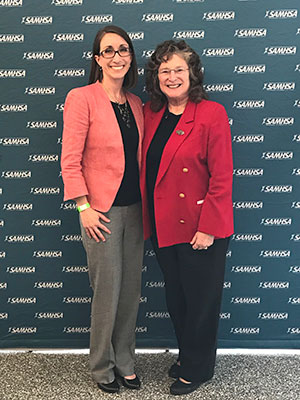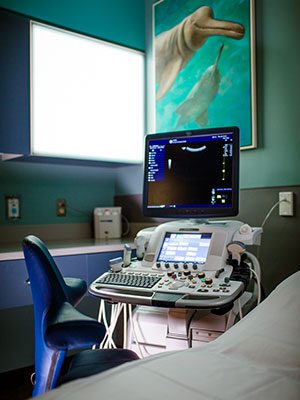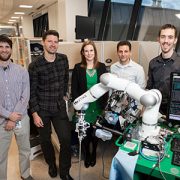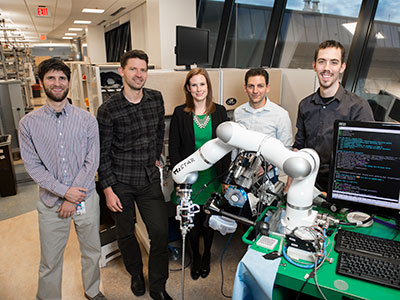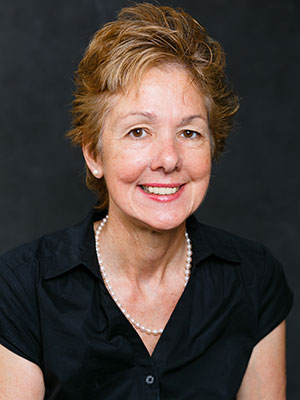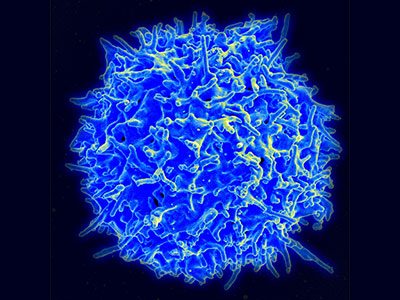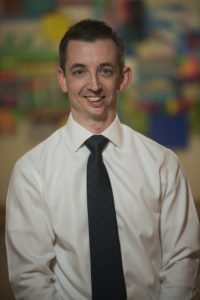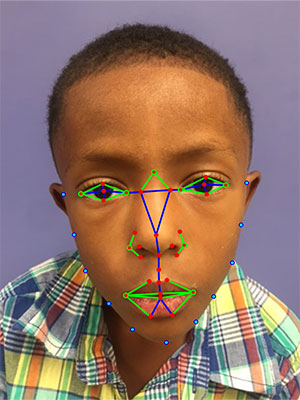Addressing MB-CLABSI through innovation – and dedication – to pediatric safety
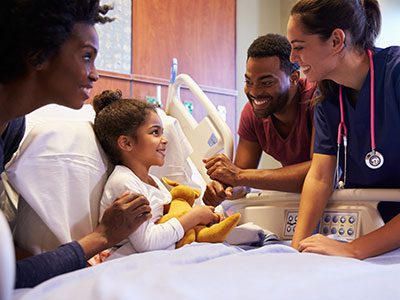
With mucosal barrier central line-associated blood stream infections (MB-CLABSI) posing a serious risk to cancer and other immunocompromised patients, Children’s National Health System was intent on finding a way to prevent them. Through a focused initiative led by Rose Szeles, M.S., R.N., N.E.-B.C., director of nursing for the Center for Cancer and Blood Disorders, the hospital experienced great success, cutting infection rates by more than half.
This was a daunting proposition. Historically MB-CLABSI has not been viewed as a preventable infection due to the side effects typically associated with bone marrow transplants in this patient population. Sores and mucosal disruption that develops in the oral cavity post-transplant are fairly common and make it exceedingly difficult to keep the mouth clean and clear of bacteria. Without regimented oral hygiene in this type of environment, the mouth can quickly develop bacteria putting the patient at risk of a MB-CLABSI.
“We challenged the notion that we could not prevent MB-CLABSI and set out on a journey to try to prevent these types of infections from occurring,” says vice president and chief quality and safety officer, Rahul Shah, M.D. “With leadership from our nursing teams and the infection control and prevention group working together with the physicians, we were able to approach this issue from a unique perspective.”
In 2013, Children’s National launched a MB-CLABSI prevention program focused around saline rinses to improve oral hygiene. The goal was to keep the mouth cleaner to avoid bacteria from forming and ultimately entering the blood stream.
Children’s National put the plan into action through the following measures:
Provider
- Simplified ordering of saline rinses to increase accountability and compliance with the practice and make it easier for providers
- Implemented reminders to order saline rinses during daily rounds
- Added saline rinses to the Medication Administration Record to drive compliance in administration of the task
Administrative
- Saline rinses were chosen as an indicator to be displayed on public-facing quality boards throughout the hospital
- Implemented daily audits of the quality board to track opportunities for improving compliance and reducing omissions and errors
- Standardized daily medical rounds to include review of the quality boards
Patient/Caregiver
- Implemented discussion of saline rinses of the mouth for oncology and bone marrow transplant patients during daily rounds
- Standardized education for caregivers of children with central lines
“Through strategic programs like this, our patients are safer and Children’s National continues to be a national pediatric quality leader,” says Dr. Shah.







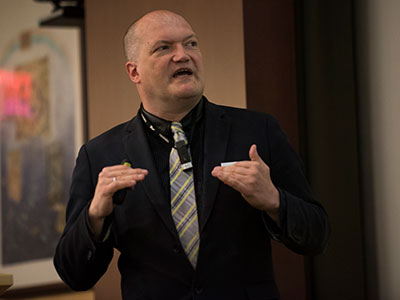
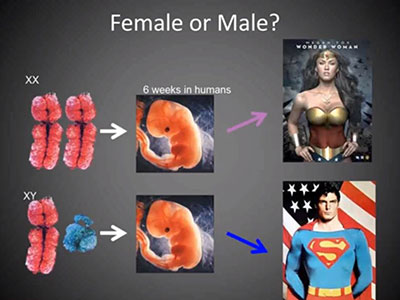

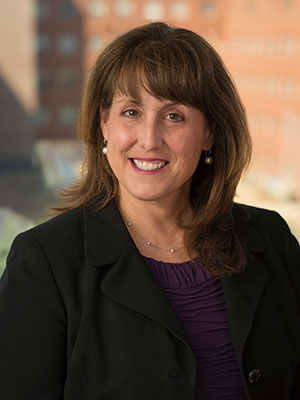
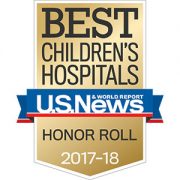
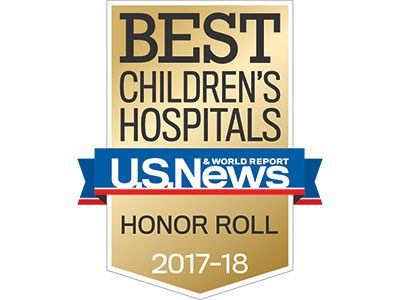 Children’s National is proud to be named #1 in
Children’s National is proud to be named #1 in 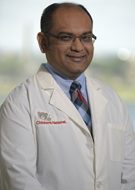 Suvankar (Seve) Majumdar, M.D.
Suvankar (Seve) Majumdar, M.D. Andrew (Drew) Campbell, M.D.
Andrew (Drew) Campbell, M.D.